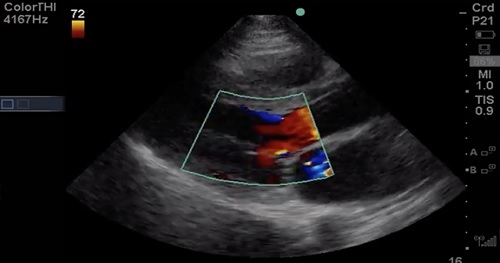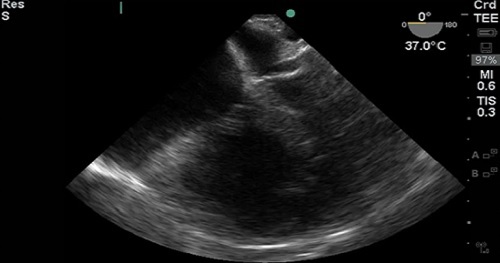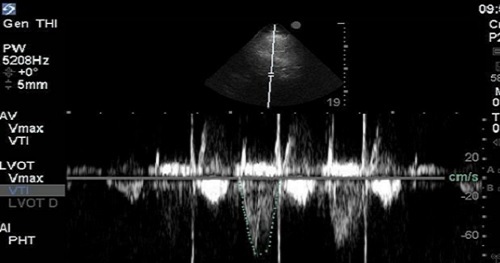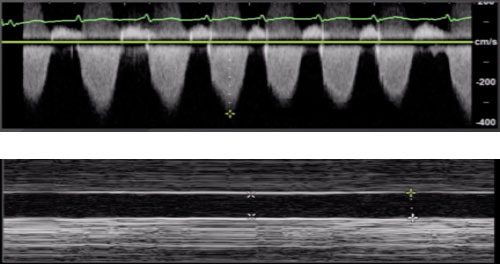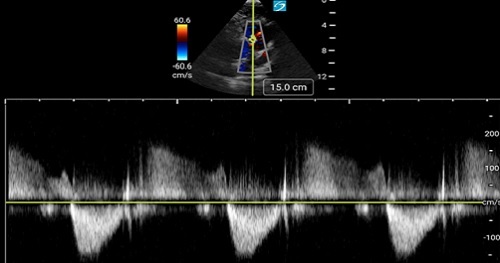Cardiac Imaging 2 - Valvular Assessment (English Only)
This course will outline a 4-step process for evaluating valve function.
Step 1: 2D evaluation of the valve (eyeball method)
- Morphology, mobility, vegetations
Step 2: Assess the valve with color Doppler for Mitral Regurgitation (MR) or Aortic Regurgitation (AR)
- Classify as severe or non-severe
- If severe, escalate to an advanced echo
- If non-severe, classify importance and possibly escalate to an advanced echo
Step 3: Assign relative importance of lesion



